Recent Articles
Popular Makes
Body Types
10 Best Mazda Designs of the Past 10 Years
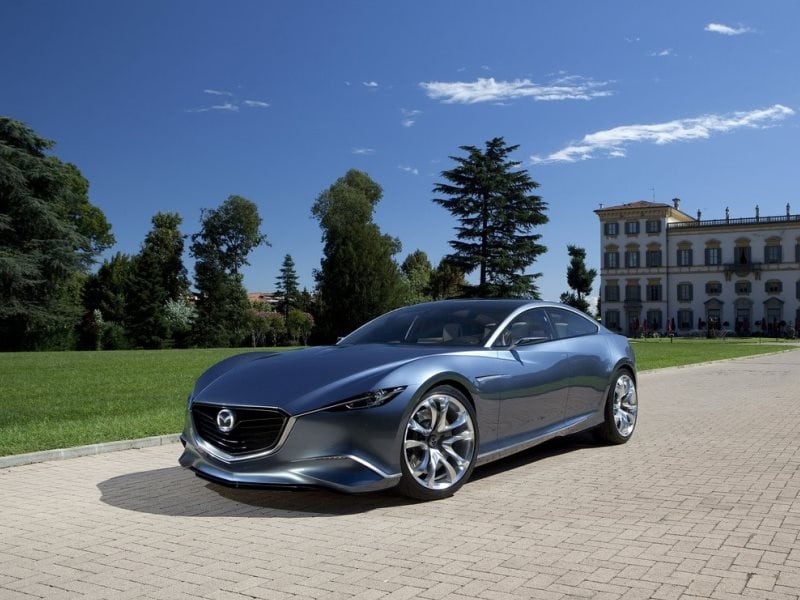
Mazda is the design star of the Japanese car world. Need convincing? Look at the 2016 Mazda6 midsize sedan. It embodies styling cues from earlier concepts and, along with the Mazda3 compact car, is one of the handful of vehicles not to follow the harsh, angular bandwagon that’s so common today. It’s not just the current offerings. Over the years, Mazda has come up with one excellent design after another. Granted, almost every Japanese company has one or two lookers in its history (among the usual forgettable fare). But none have been so consistent as Mazda. We often think of car design as a distinctly European trait, especially when most of the masters like Pininfarina (Ferrari), Giugiaro (virtually everything, including Mazdas, but especially Alfa Romeo), Peter Schreyer (Audi) and Ian Callum (Aston Martin, Jaguar) come from the Old World. But you could stick a leaping cat badge on a Mazda6, and it might easily pass as a Jaguar. Try doing that with an Accord. Enjoy our gallery of great Mazda designs.
2006 Mazda Kabura
This concept for a front-engine/rear-drive compact coupe predates the Scion FR-S/Subaru BRZ. Mazda has design studios in Japan, Germany and California. The Kabura came from the California studio, and the idea is still a good one, nearly ten years on. It could be based on the same platform as the MX-5 Miata. In which case, driving fun would be guaranteed.
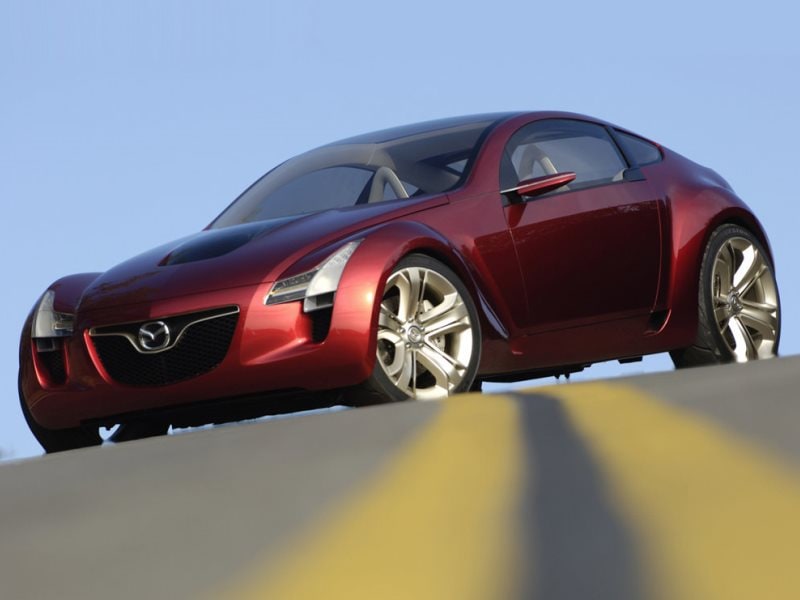
2009 Mazda RX-8
Something of a trailblazer: a four-seater coupe with four doors. The two rear doors are quite small, will only open if the corresponding front is open. They’re hinged at the rear and sometimes called “suicide doors.” But look at the current Mercedes-Benz CLS and the BMW Gran Coupes — four-door coupes. This was the last production Mazda to use a rotary engine, but things had progressed to where more than 200 hp could be squeezed from 1.3-liters. The car was designed by Ikuo Maeda, son of Matasaburo, designer of the original RX-7.
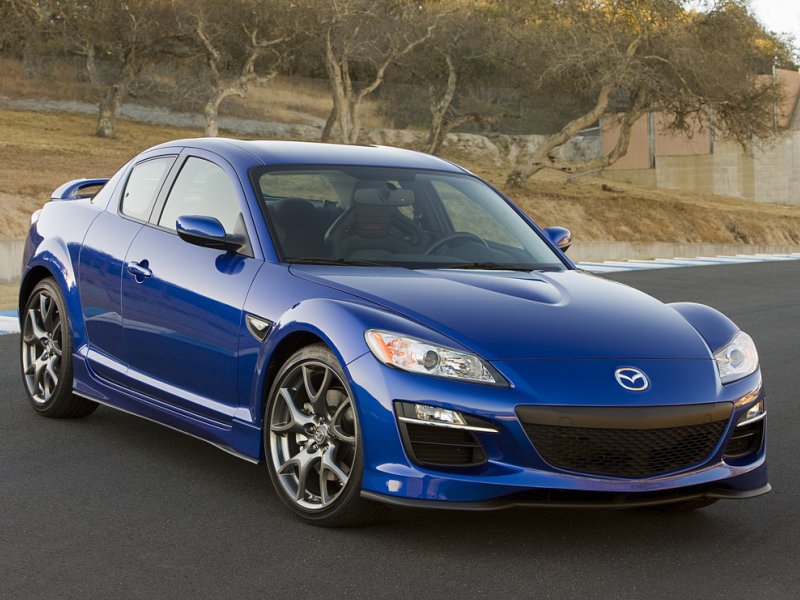
Photo by Mazda
2008 Mazda Furai
Furai means “the sound of the wind” and the design philosophy Mazda followed with this car is called “Nagare” — meaning “flow.” It was an approach used on several concept cars. But while most concepts are primarily ideas for street cars, this was aimed at endurance racing, like the famed Le Mans 24-hour challenge. Imagine seeing it hurtling around a track. And it actually worked, even turning a few laps at Laguna Seca. Sadly, it caught fire during a photo shoot and the only way to drive the Furai now is virtually, in video games like Gran Turismo.
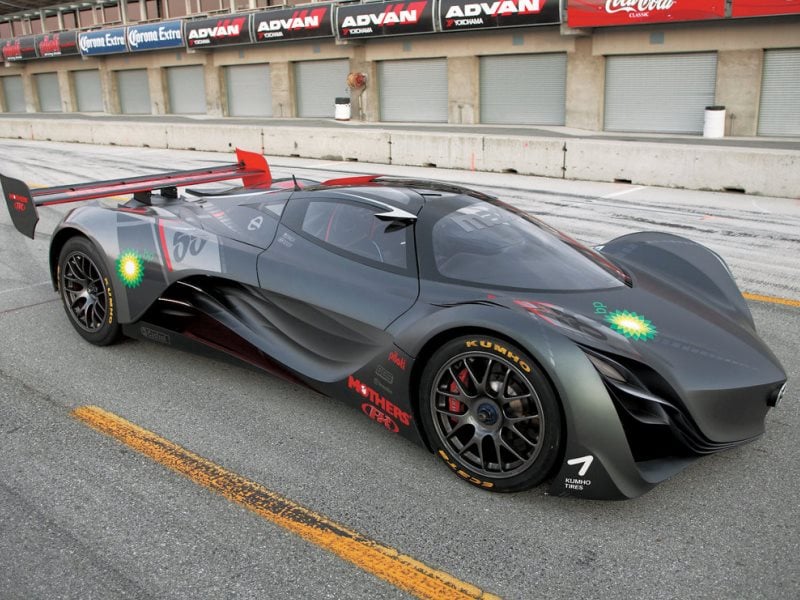
2011 Mazda2
Sure, concept cars are sexy and fun, and higher-end sedans need to make certain statements. But buyers of subcompact cars deserve some style too. Coming up with a package that accommodates human beings yet still manages to keep within a prescribed set of dimensions requires a skill that might be underrated by some. And it has to work equally well in two-door or four-door form. But Mazda pulled it off with the 2. It even looks like it’s one of the more fun front-wheel-drive cars around.

2010 Mazda Shinari
Just as the RX-8 was on the cutting edge of the “four-door coupe” idea, the Shinari concept takes things even further. It’s low and sleek, clean and sharp, yet with subtly sculpted curves and intriguing proportions. Not one aspect is overdone or redundant. Mazda never went as far as talking about engines, but here’s an idea: wouldn’t this make a great rival to the Tesla Model S?
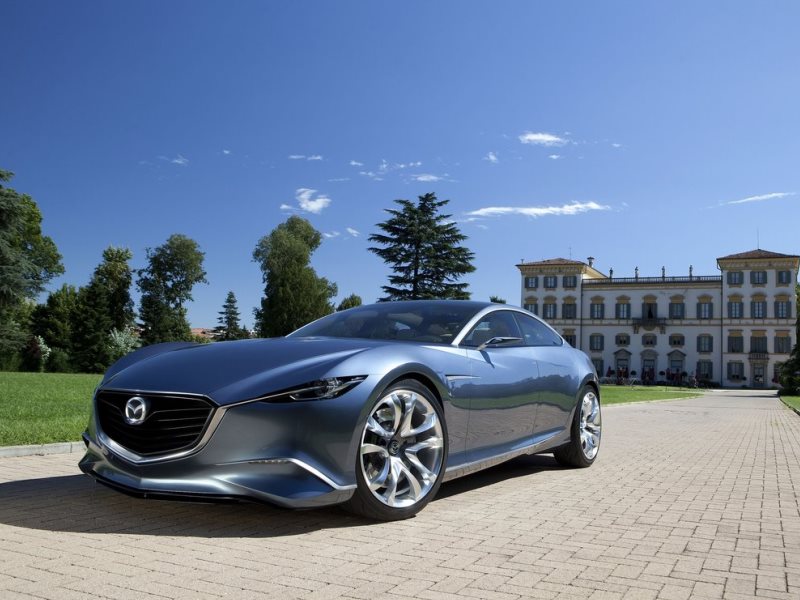
2013 Mazda CX-5
It’s a fact of life: crossovers are going to be sticking around for a long time. But that’s not so bad when they look like the CX-5. In a class full of stodginess and boxiness, the CX-5’s flowing lines are like fresh air. In true Mazda fashion, this compact CUV is a pleasure to drive, and its design manages to convey that. The original concept was called the Minagi and it’s always good to see a production version that keeps much of the concept’s character rather than being dulled and diluted by focus groups.
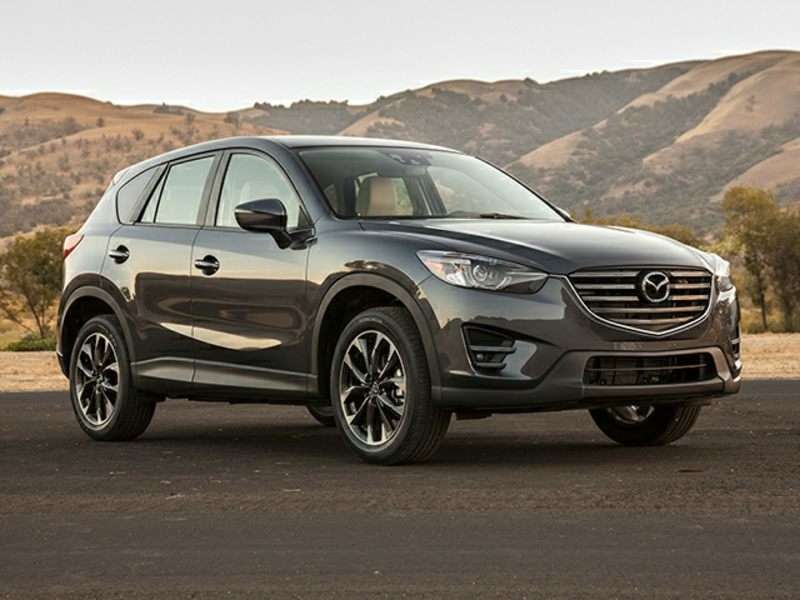
2016 Mazda MX-5 Miata
While the first generation of this best-selling roadster is a design classic, coming up with a great visual is one thing, keeping it fresh and desirable is quite another. Now in its fourth generation, the MX-5 has short overhangs, it’s smaller and lighter than the previous generation, and the seat of the driver’s pants is pushed closer to the rear axle.
All of these factors contribute to a better driving experience and are just as important to a car’s overall design as the aesthetics. That said, if you wanted to buy the MX-5 just because you liked the looks, that’s perfectly understandable.
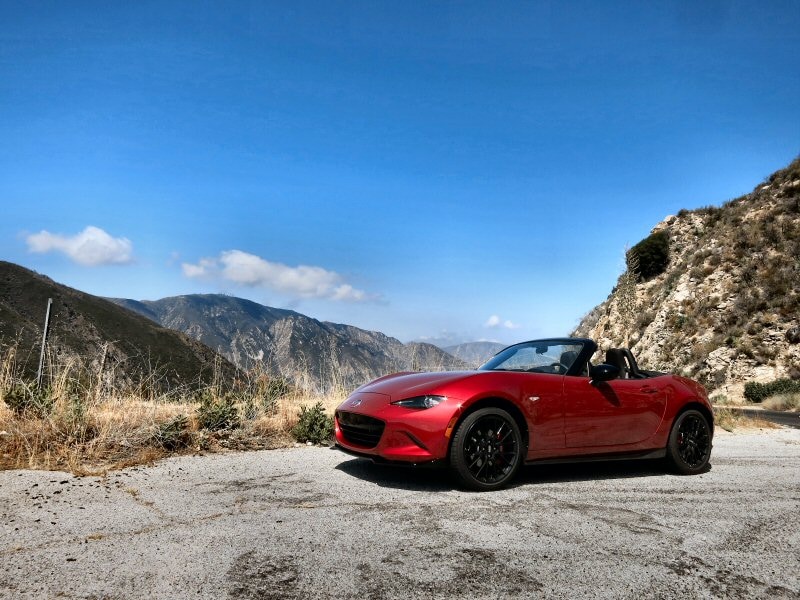
Photo by Benjamin Hunting
2016 Mazda6
If anyone might level a complaint at Mazda’s design approach, it might be that the company follows one track — like Nagare, for example — only to abandon it for another just a couple of years later. Mazda is now on its “Kodo” kick, which is supposed to mean “the soul of motion.” But the upside of Kodo is the current Mazda6, which infuses the midsize sedan class with some sensuous lines and goes against what seems to be a deliberately ugly grain. The 6 also shows that styling isn’t just skin deep, because it sports an equally pleasant (and award-winning) interior.
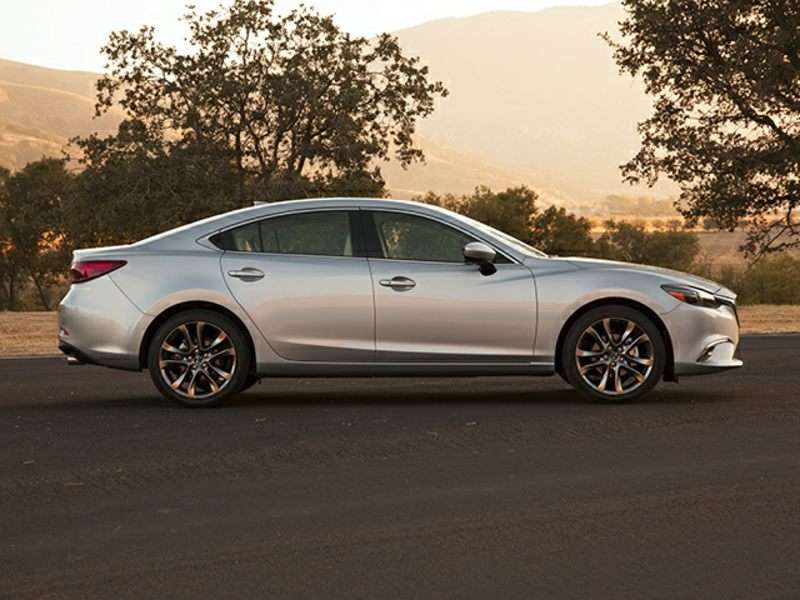
2016 Mazda3
Most manufacturers try to establish a “corporate look” to their cars, which often results in similar looks merely differing in size. There’s some of that going on with the Mazda6 and the Mazda3. But let’s give the company a pass, since it blesses the compact car segment with some elegance and sophistication, and hints at what the car is like to drive. It comes as a sedan or hatchback and neither body style suffers. Just like the outside, the cabin exudes a premium air.
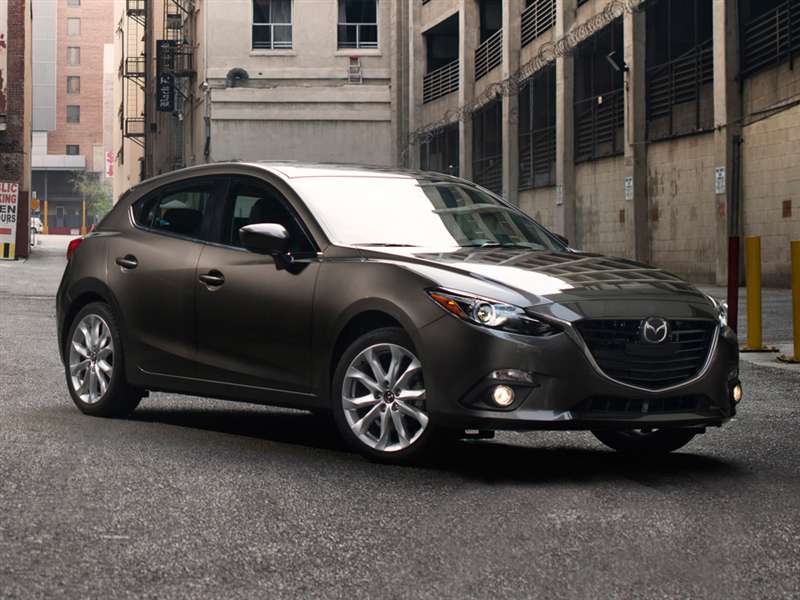
2015 Mazda RX-Vision
Mazda’s latest foray into wow-factor territory is this, unveiled at the 2015 Tokyo auto show. It still sticks to the Kodo design language and Mazda feels brave enough to say that it’s powered by a rotary engine, even though the company hasn’t used one in a production car since emissions regulations became stricter. There’s even talk of this going into production, perhaps as the RX-9. In the meantime, note the cleanness of the whole shape and the lack of character lines. Surely even Ferrari would be happy to put its name to this.
